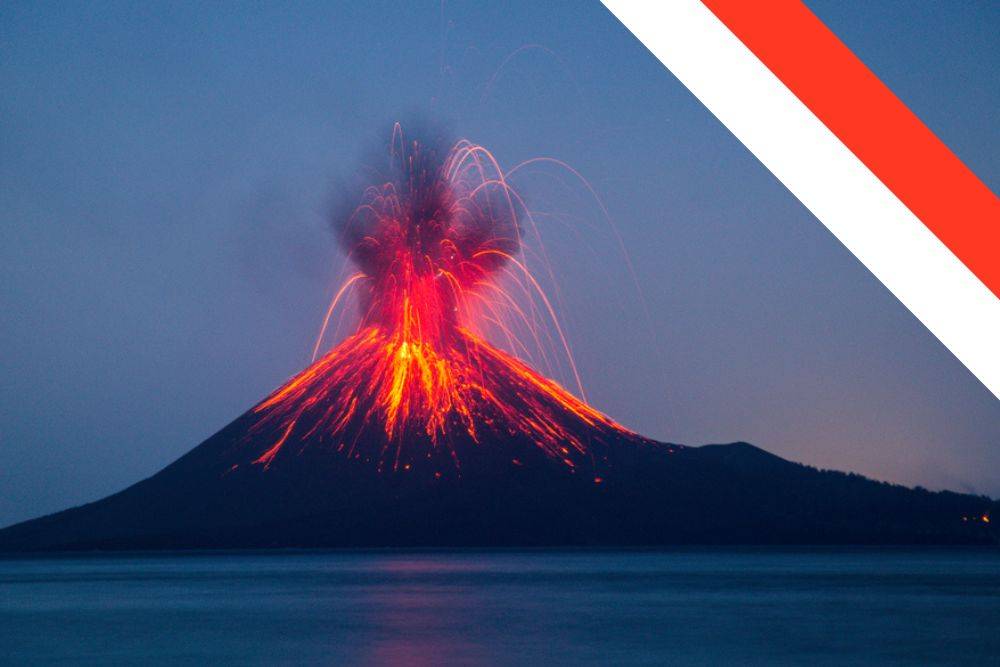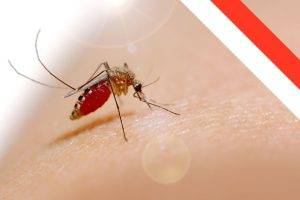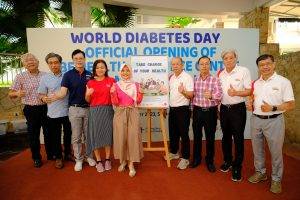Mount Ruang erupts in Indonesia, displacing thousands and prompting recovery efforts. The volcano’s fury highlights the associated health risks!
Indonesia’s Fiery Awakening: Mount Ruang Roars Back to Life
Indonesia, a Southeast Asian archipelago nestled within the fiery embrace of the Pacific Ring of Fire, is no stranger to volcanic activity. In April 2024, Mount Ruang, a formidable volcano in the eastern province of Lampung, stirred from its slumber. This awakening, marked by a series of eruptions spewing ash and molten lava, sent shockwaves through the region, displacing thousands of residents and leaving a trail of disruption.
A History of Rumblings: Living in the Shadow of a Volcano
Mount Ruang, with its imposing presence, has loomed over local communities for centuries. Geological records reveal a long history of eruptions, with varying degrees of intensity. The early 2000s witnessed significant eruptions, while the past two decades saw more sporadic activity. These past events, while disruptive, often allowed communities time to adapt and rebuild their lives.
However, April 2024 unfolded a different story. The month began with a tremor-inducing eruption that sent a colossal plume of ash billowing into the sky, darkening the skies and blanketing nearby villages. The Center for Volcanology and Geological Hazard Mitigation (PVMBG), Indonesia’s dedicated volcanology agency, responded swiftly. Following the second, more forceful eruption, they raised the alert level to its highest point, signifying an imminent threat of a major eruption.
This critical decision triggered a large-scale evacuation of residents living on the volcano’s slopes. Local authorities, prioritising the safety of residents, worked tirelessly to evacuate them to designated safe zones. Evacuation centres were established across the region, providing temporary accommodation for displaced families. The eruption highlighted the importance of Indonesia’s disaster management agencies and their established protocols for swift evacuation during volcanic emergencies.
What are some of the health risks associated with a volcano eruption?
Vog: A Deceptive Fog
Vog, an abbreviation for volcanic fog, might appear innocuous at first glance. However, beneath its seemingly unremarkable veil lies a potent mixture of expelled volcanic materials. These components can be broadly categorized into two groups: gases and particles.
Gases: Invisible Assassins
The invisible assailants within vog are a collection of noxious gases, each playing a sinister role. Sulphur dioxide (SO2), the chief culprit, wreaks havoc on the respiratory tract, triggering coughing, shortness of breath, and chest tightness. For individuals with asthma, SO2 acts as a malevolent trigger, initiating potentially life-threatening attacks. Nitrogen dioxide (NO2) joins the fray, further irritating the respiratory tract and exacerbating existing conditions like asthma and chronic bronchitis.
Carbon monoxide (CO), a silent killer, disrupts the blood’s ability to carry oxygen, a vital life force. High CO exposure leads to a cascade of debilitating effects, including dizziness, headaches, nausea, and even death. Finally, hydrogen chloride (HCl), another unwelcome guest, adds its voice to the chorus of irritation, targeting both the respiratory tract and eyes.
Particles: A Coarse and Cutting Threat
Vog’s arsenal doesn’t stop at invisible gases. It also unleashes a barrage of abrasive particles, each with its own detrimental effect. Volcanic ash, the most prominent particle, acts as a respiratory irritant, causing coughing, shortness of breath, and chest tightness. Its insidious nature allows it to infiltrate deep into the lungs, potentially causing long-term damage.
Volcanic glass, a component with a deceptively beautiful name, possesses a sharp and unforgiving edge. These microscopic shards can lacerate and irritate lung tissue, further exacerbating the damage caused by other vog components. Minerals, often hidden within the vog mix, pose an additional threat. These can contain a range of hazardous substances, such as arsenic, mercury, and lead, each with its own set of detrimental health effects.
A Multifaceted Attack: How Vog Harms
Vog’s impact on human health is multifaceted, attacking the body through various mechanisms. The most immediate effect is irritation of the respiratory tract, caused by both gases and particles. This irritation triggers coughing, shortness of breath, and chest tightness, making even basic breathing a struggle.
Long-term exposure to vog can lead to more serious health consequences. The constant barrage of irritants can damage lung tissue, increasing the vulnerability to respiratory infections and chronic lung diseases. Vog’s insidious nature also extends to the heart. By elevating blood pressure and heart rate, while simultaneously damaging lung tissue, vog significantly increases the risk of heart disease.
A particularly disturbing aspect of vog is its potential link to cancer. Studies suggest that long-term exposure to vog may elevate the risk of lung cancer and other cancers. Additionally, vog’s harmful particles can be ingested, causing digestive problems such as nausea, vomiting, and diarrhoea.
Those Who Bear the Brunt
The burden of vog’s health impacts falls disproportionately on certain groups within society. Children and the elderly, with their more sensitive respiratory systems, are particularly susceptible to vog’s detrimental effects. Individuals already battling respiratory conditions like asthma, bronchitis, and COPD face a heightened risk of experiencing attacks and complications due to vog exposure.
Those with pre-existing heart disease are also at greater risk, as vog can exacerbate their condition. Pregnant and breastfeeding women face a unique challenge. Exposure to vog not only poses a threat to their own health but can also endanger the wellbeing of their developing babies.
Measures to Mitigate the Threat
While volcanic eruptions are unpredictable and unavoidable forces of nature, there are steps we can take to mitigate the health risks associated with vog. The first line of defense is to stay indoors whenever possible. By closing all windows and doors, and utilizing air conditioning with proper filters, individuals can significantly reduce their exposure to vog.
Wearing an N95 mask or an equivalent respirator becomes essential when venturing outdoors. This protective gear shields the respiratory tract from the harmful gases and abrasive particles present in vog. Protecting the eyes from vog’s irritants is also crucial. Wearing protective glasses creates a barrier against volcanic ash and other airborne particles.
Maintaining hydration is paramount during vog events. Drinking plenty of water helps flush toxins from the body and promotes overall health. Additionally, avoiding strenuous physical activity becomes necessary. Strenuous exercise increases the breathing rate, leading to deeper inhalation of vog and potentially worsening its effects.
Living in the Shadow of Volcanoes
Volcanic eruptions, while awe-inspiring spectacles of nature’s raw power, leave behind a hidden menace in the form of volcanic smog, or vog. This insidious haze, a concoction of harmful gases and particles, poses a significant threat to human health. Vog’s impact is multifaceted, attacking the respiratory system, increasing the risk of heart disease and cancer, and causing digestive problems.
Certain groups are particularly vulnerable to vog’s detrimental effects, including children, the elderly, those with pre-existing respiratory conditions, individuals with heart disease, and pregnant and breastfeeding women. To mitigate these risks, individuals should stay indoors when possible, wear protective masks when venturing outdoors, shield their eyes, maintain hydration, and avoid strenuous physical activity.
Living in the shadow of volcanoes requires a heightened awareness of the risks posed by vog and a proactive approach to minimize exposure. By understanding the composition and health hazards of vog, taking precautionary measures, and staying informed about volcanic activity, individuals can protect themselves and their loved ones from the hidden dangers lurking within this seemingly innocuous fog.














